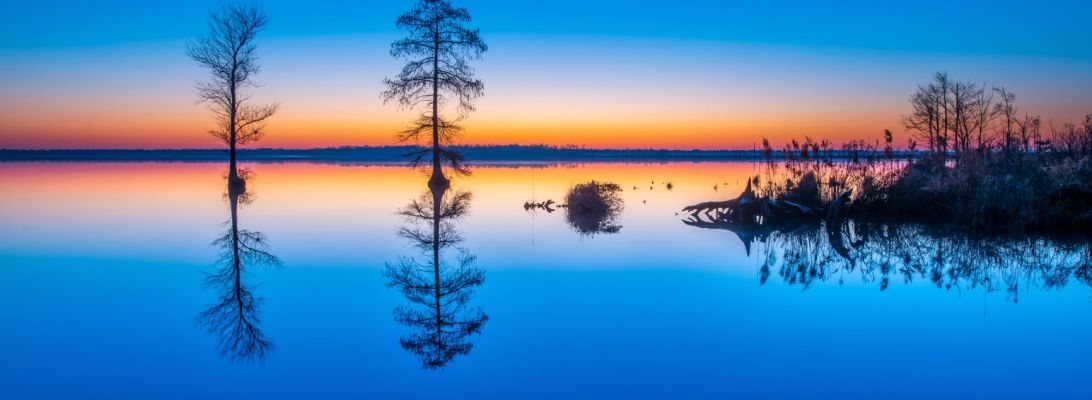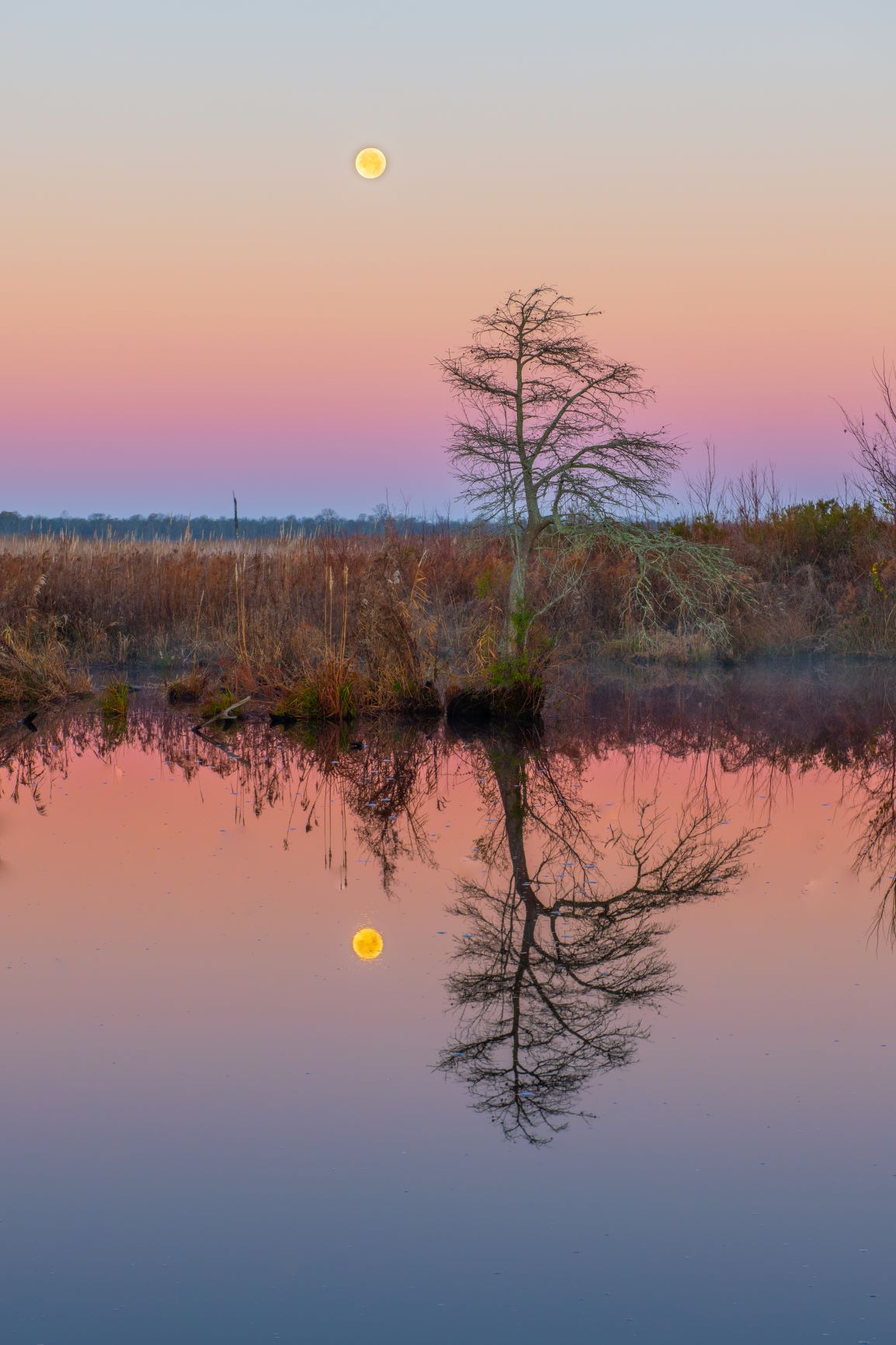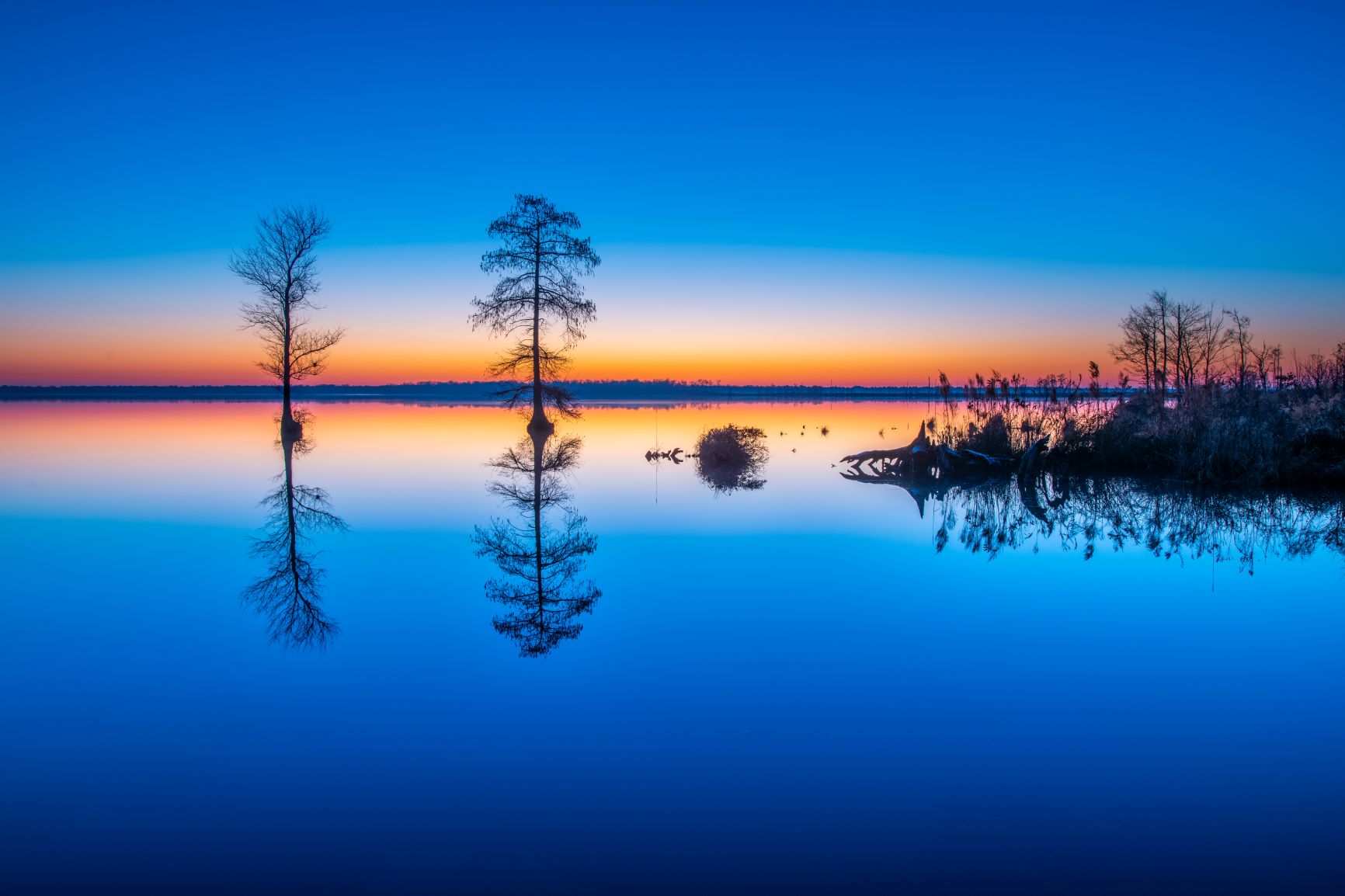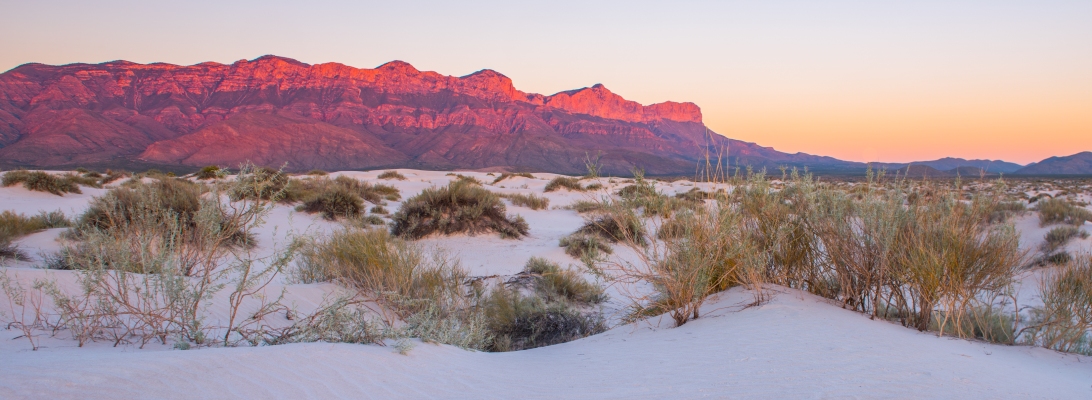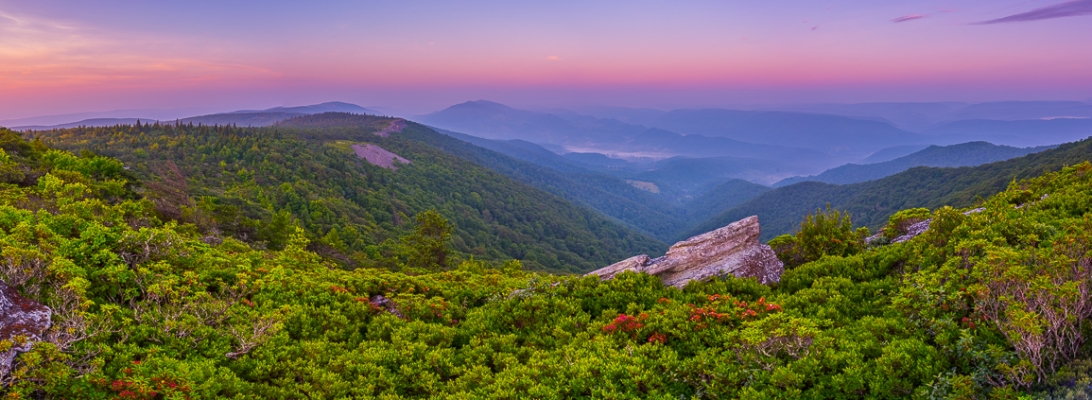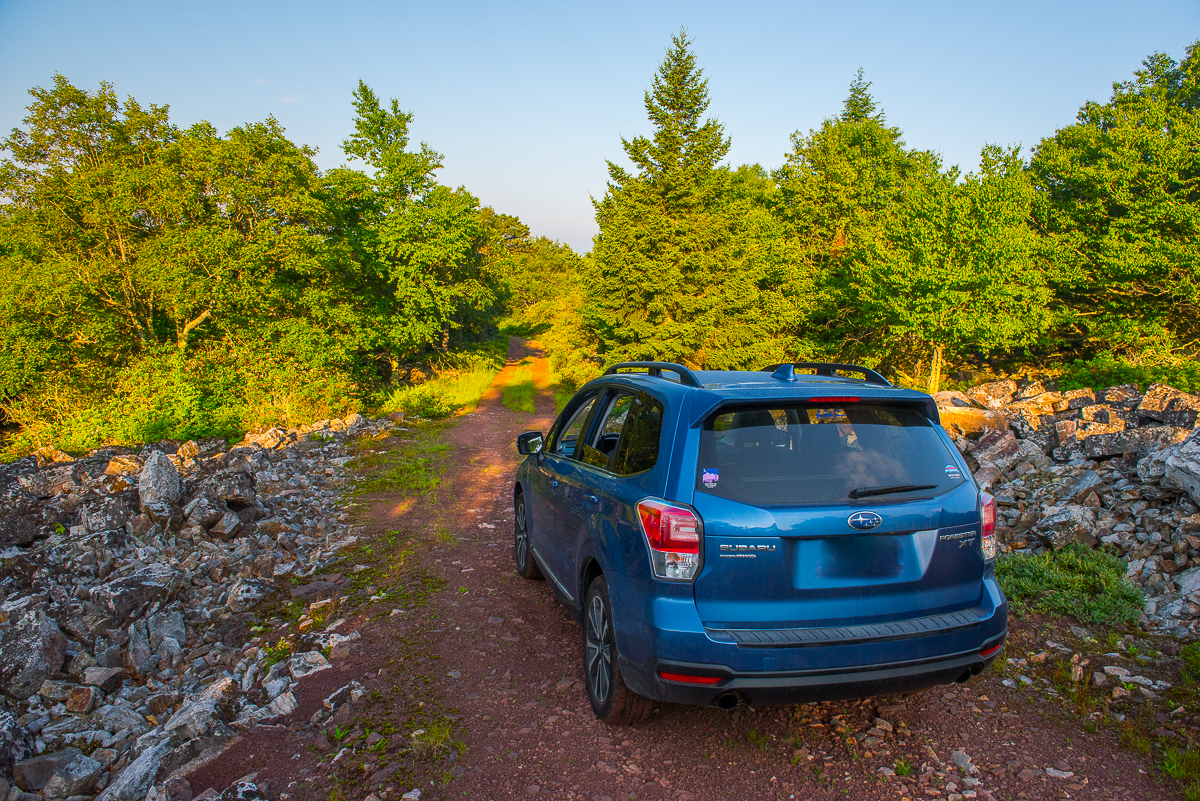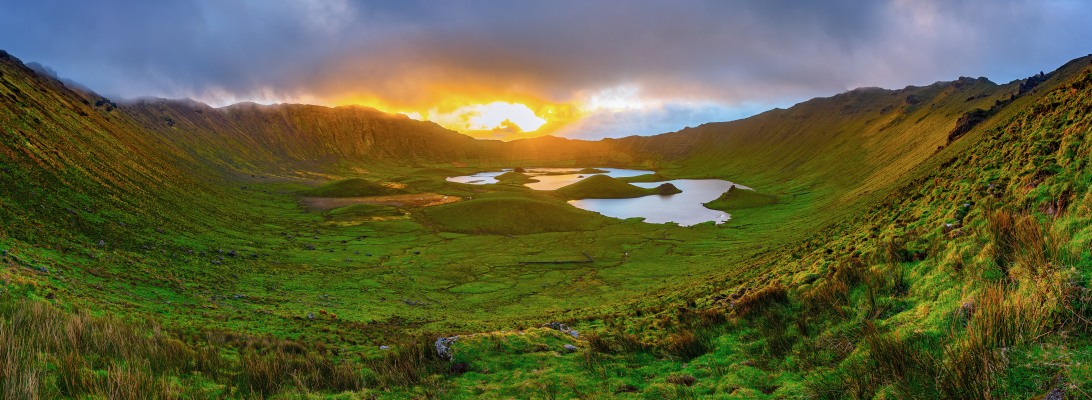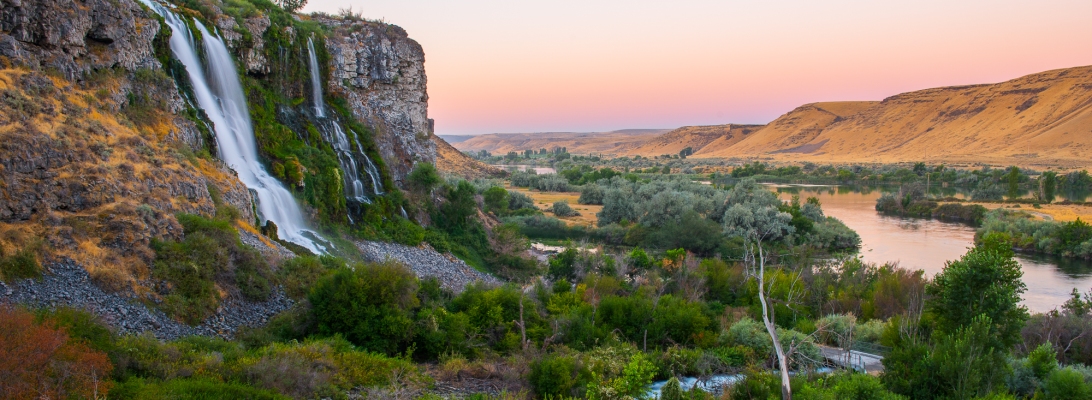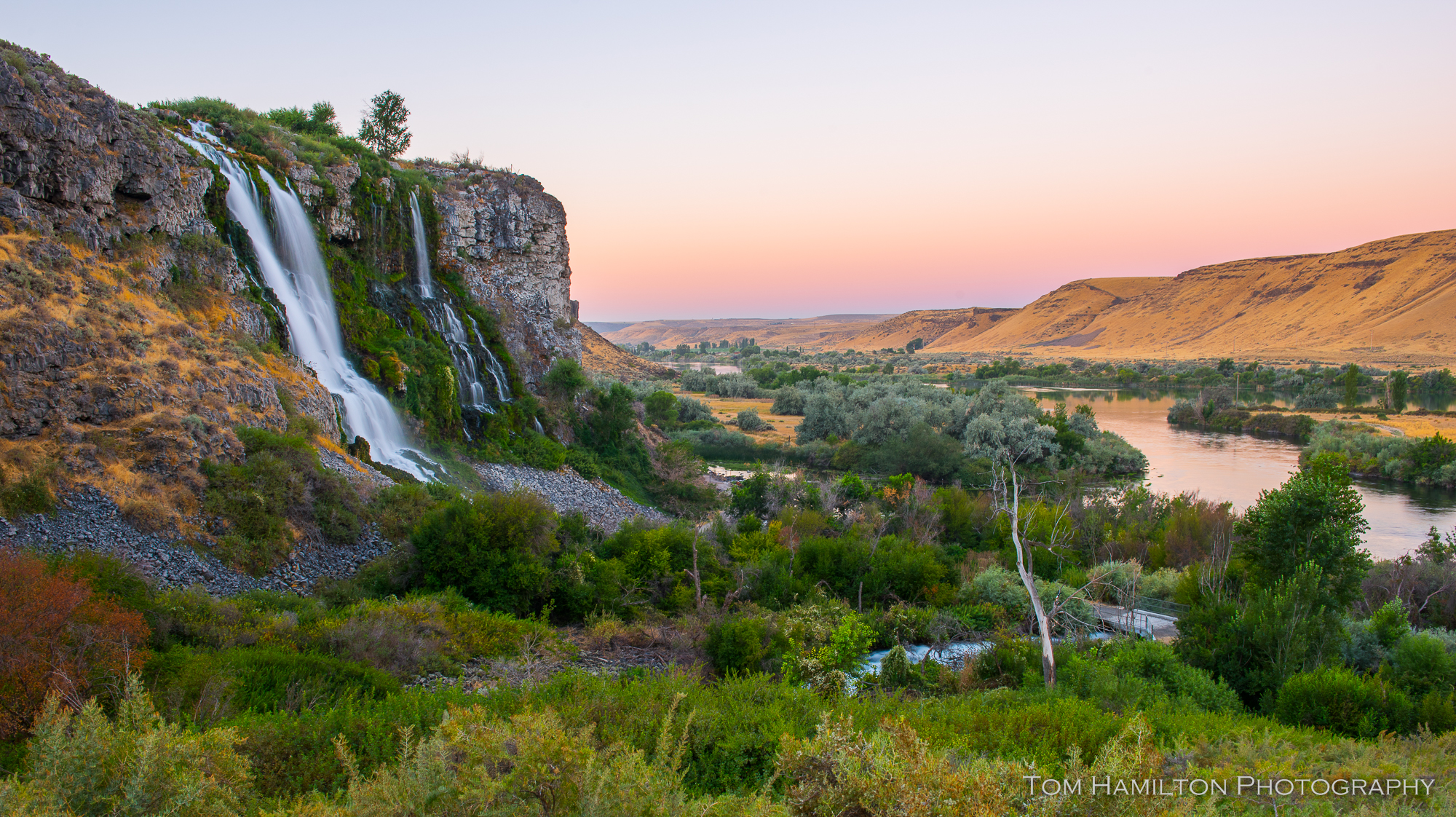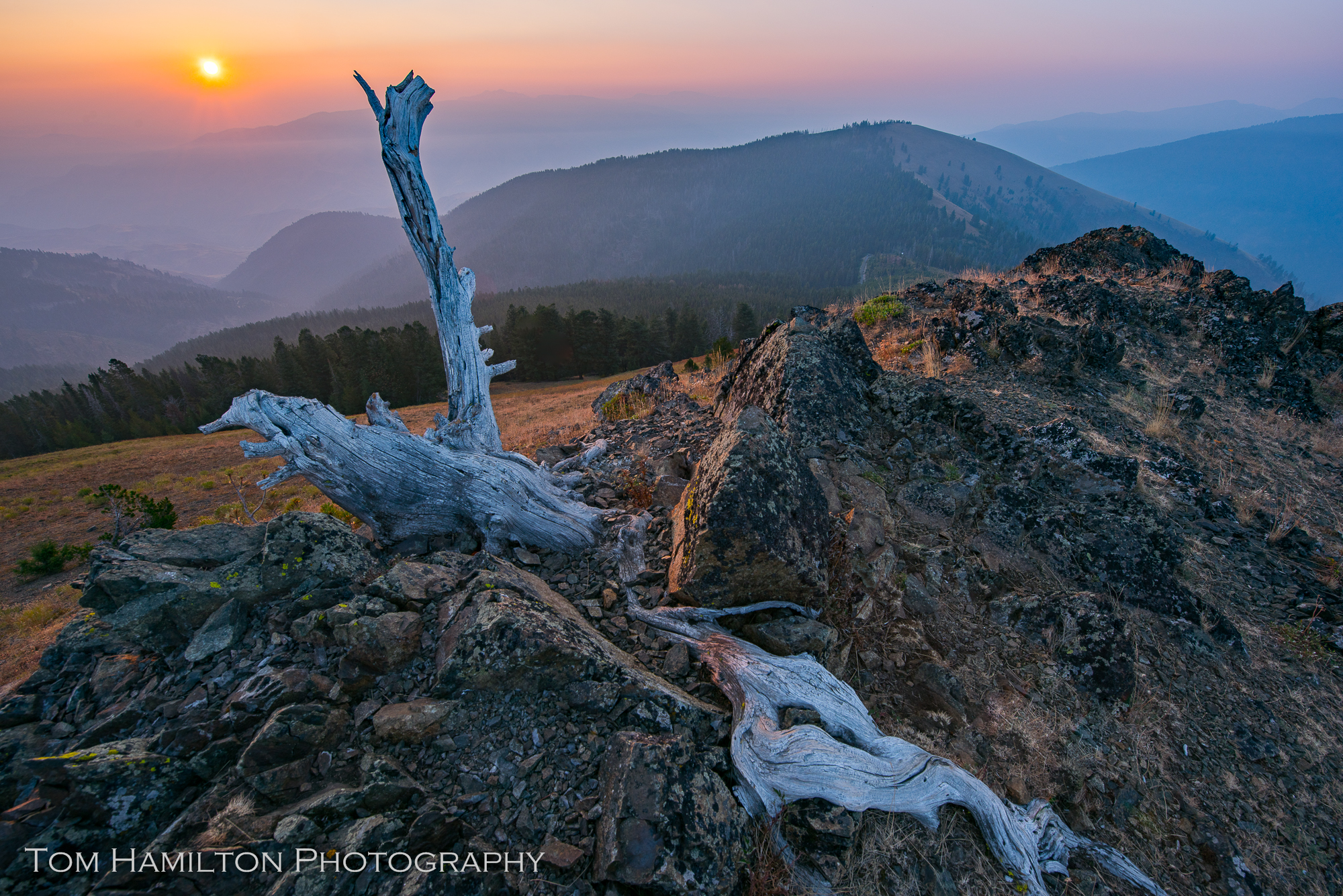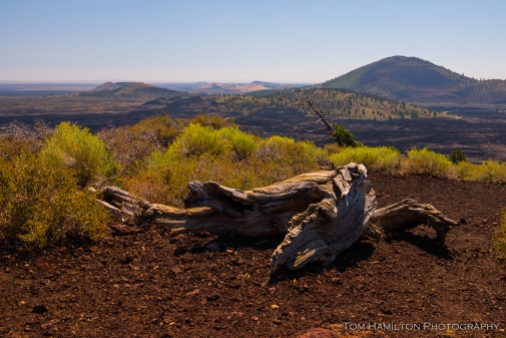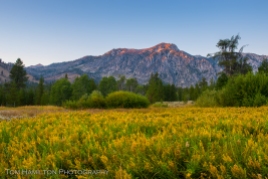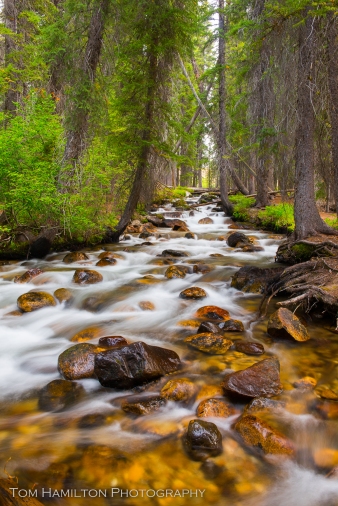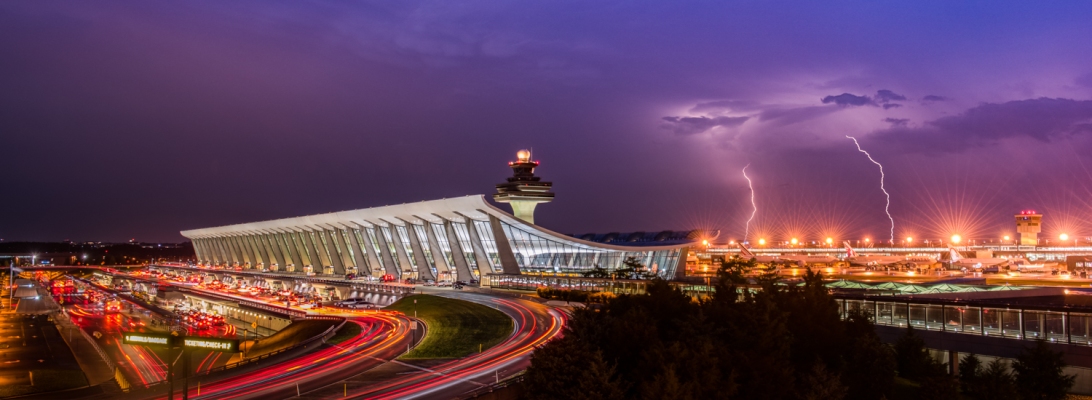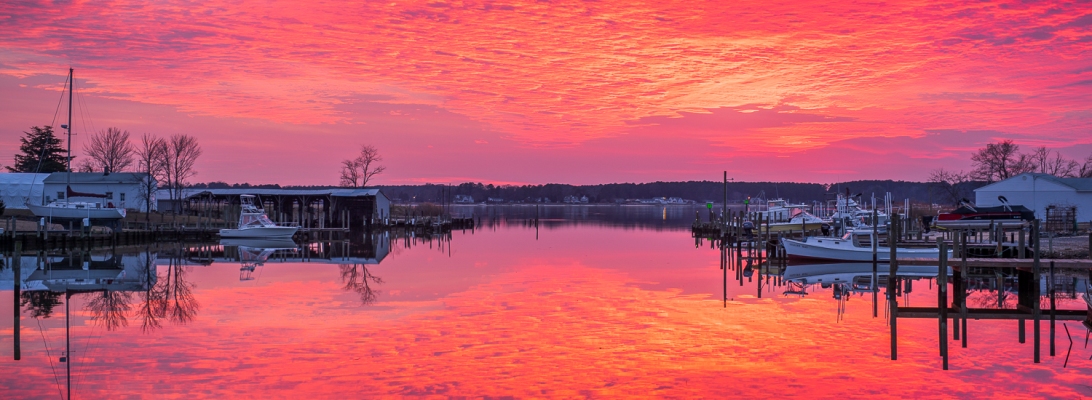Anyone who has visited the Pacific Northwest (or Pacific Southwest for our Canadian neighbors) knows how much rain is dumped in its Mountain and coastal regions. It seems that rushing streams are all over the mountains. After 2 weeks of being in the region, I realized that any venture in the mountains would yield views of beautiful rushing streams. What was particularly interesting was that even in the desert areas (in the rain shadow of the Cascade Mtns.) water was still a dominant force.
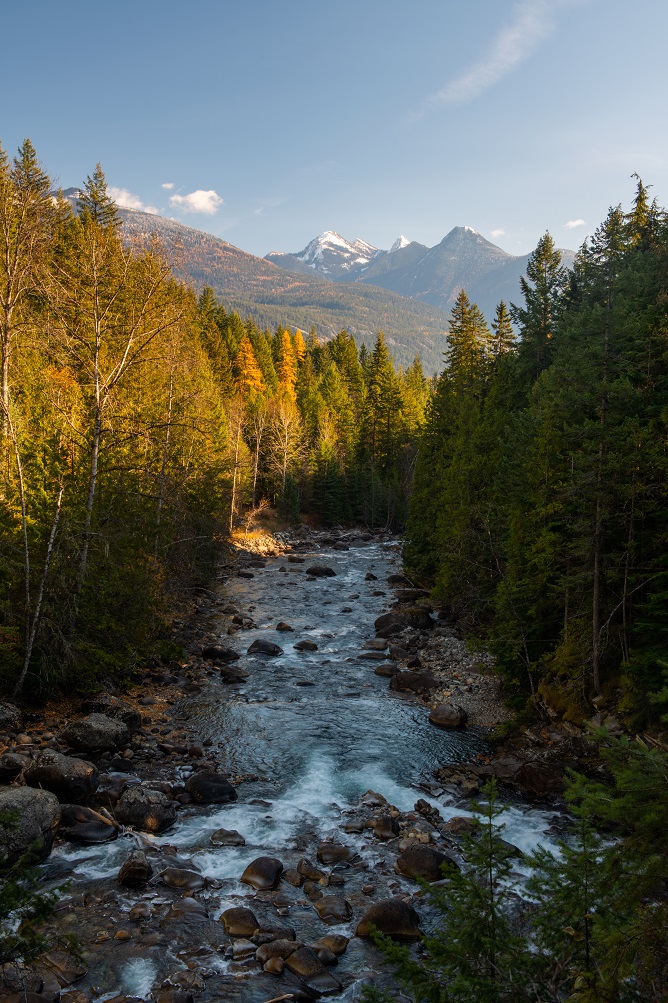
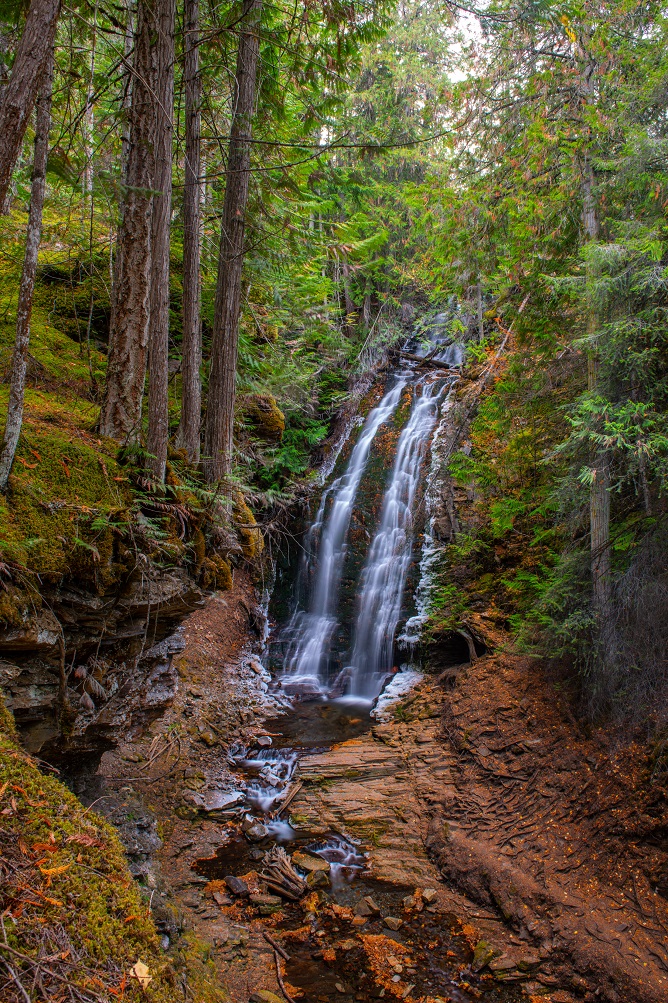
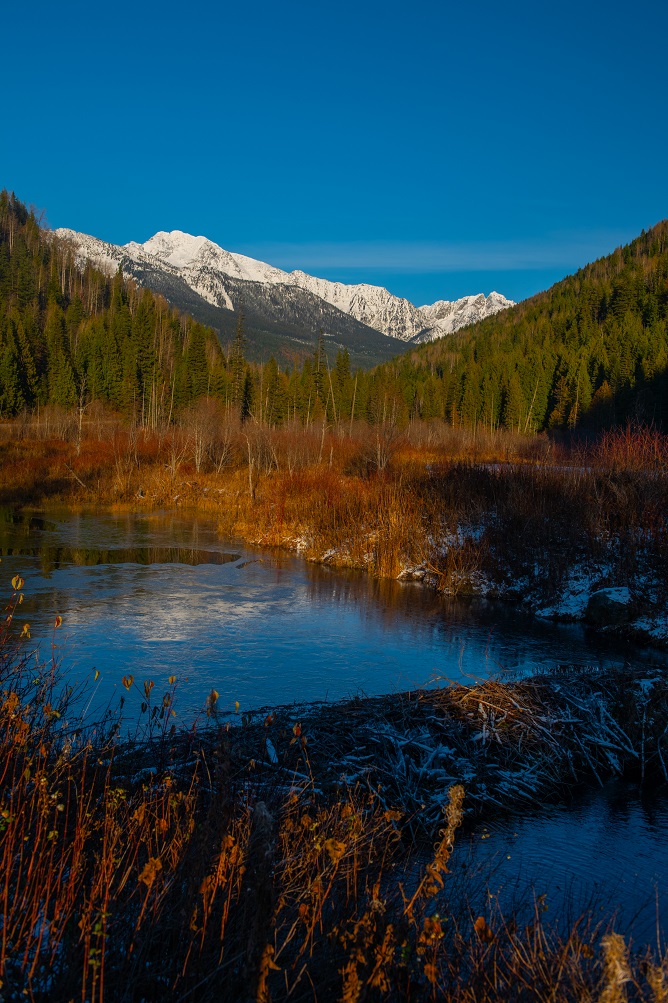
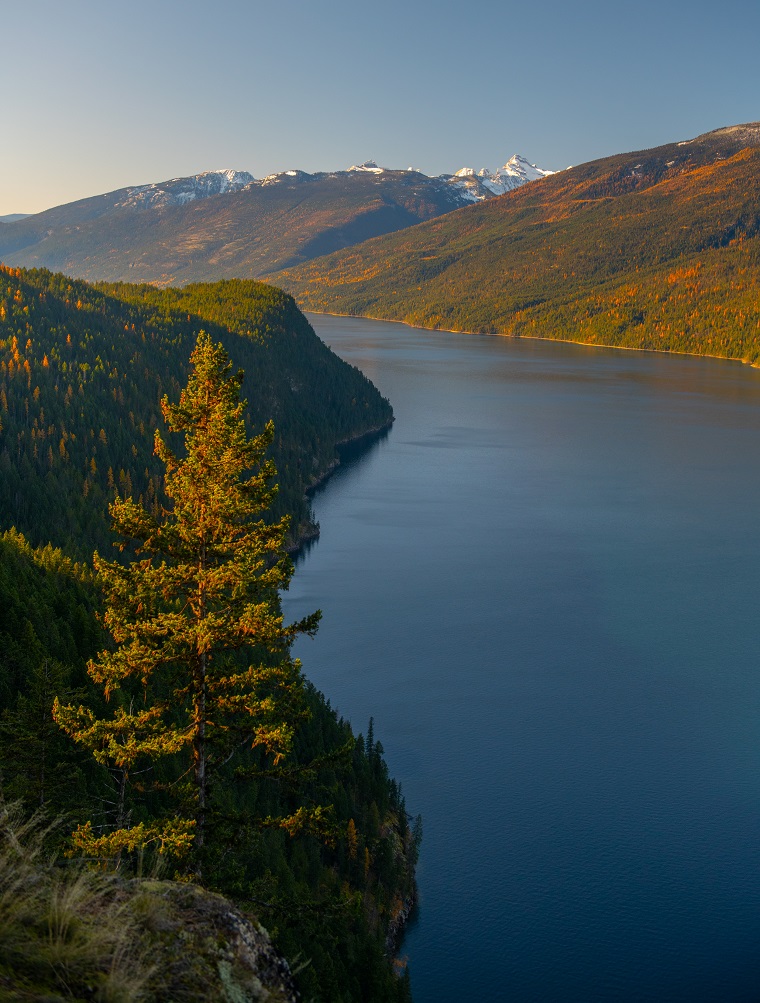

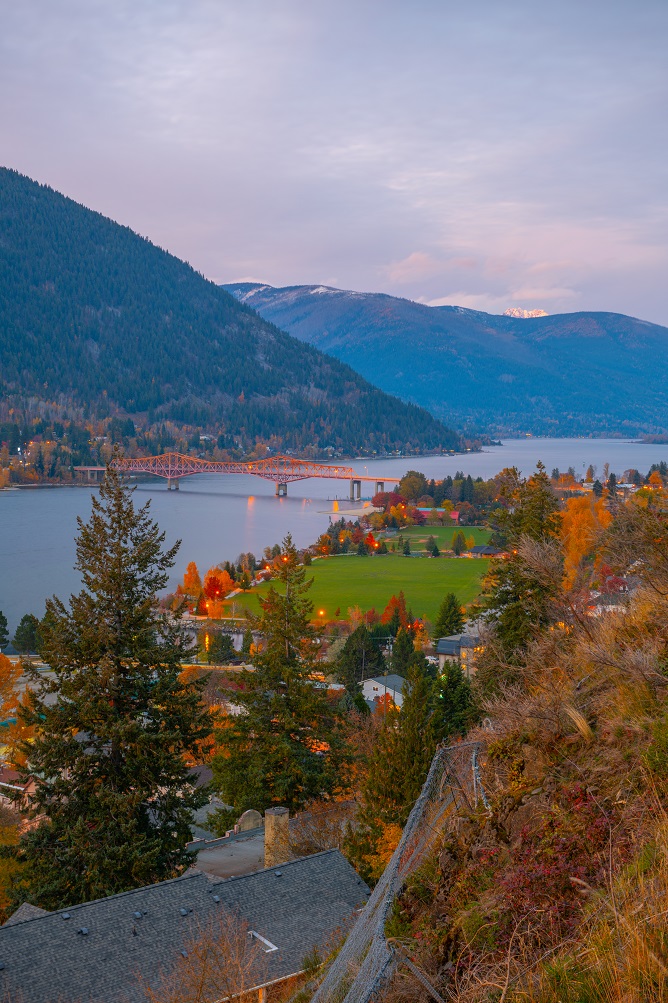
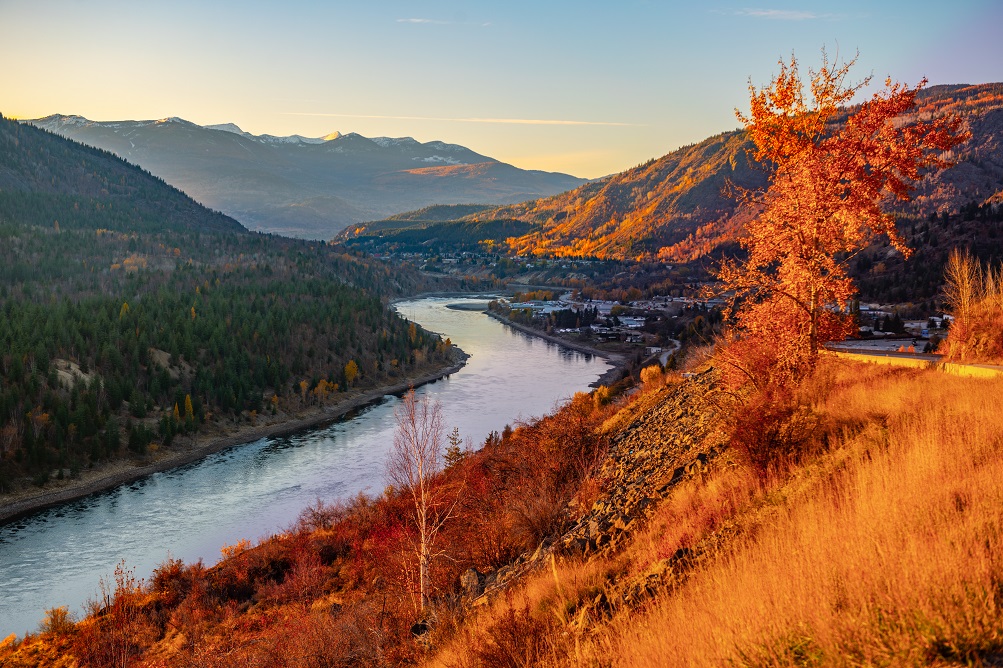
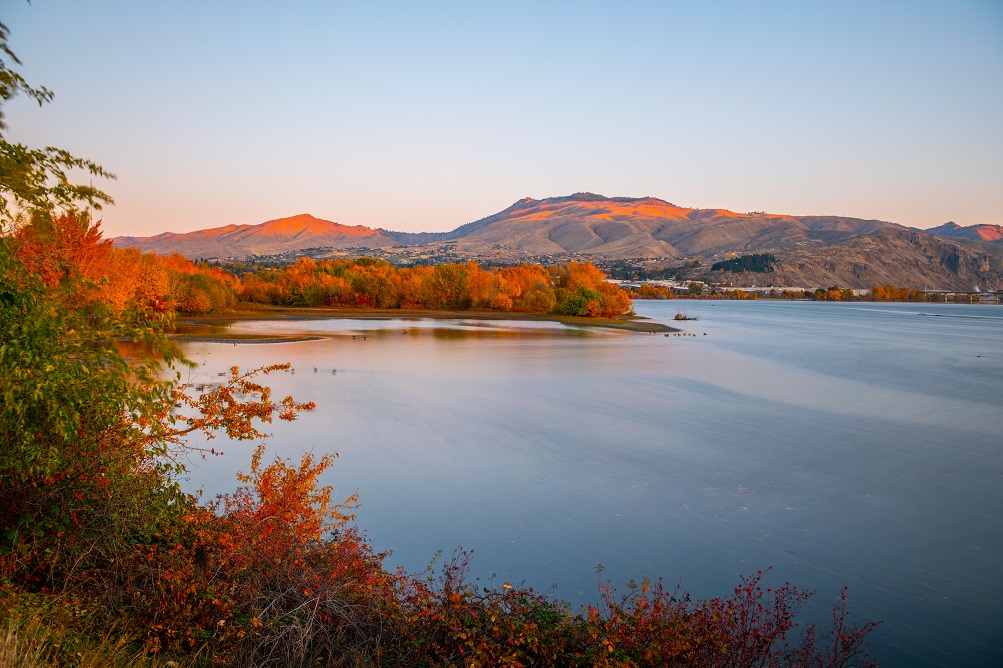
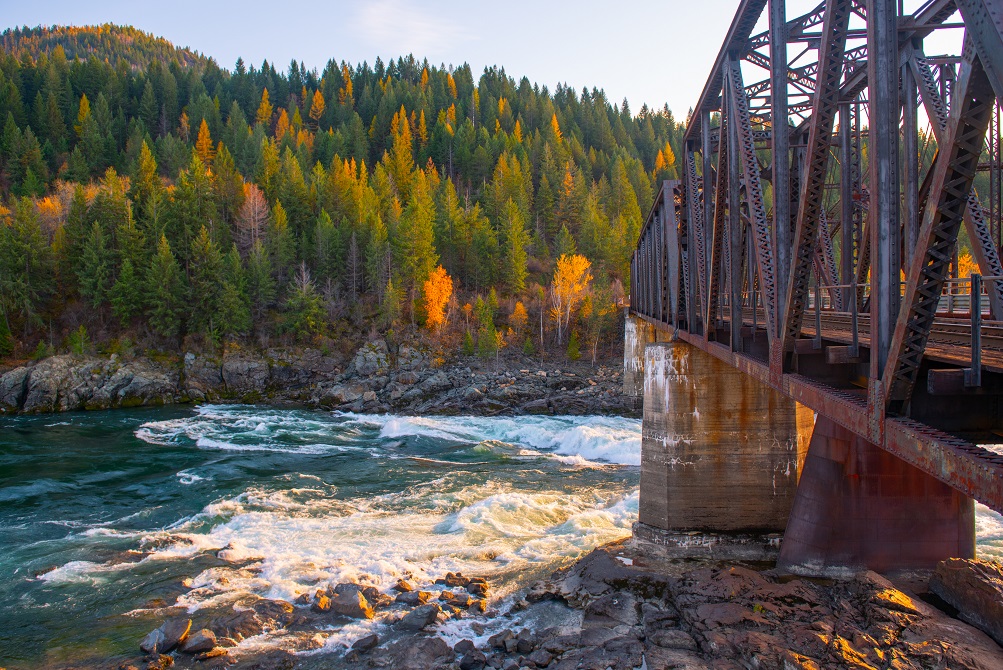
Massive rivers pierce the desert steppes, bringing life to rain parched areas. The city of Spokane is at the edge of the desert and sprung to life around the large waterfalls of the Spokane River which drains from the Rocky Mountains. Even larger, the Columbia River is fed by massive amounts of snowfall from as far away as the Rocky Mountains of British Columbia, Montana, and Wyoming.
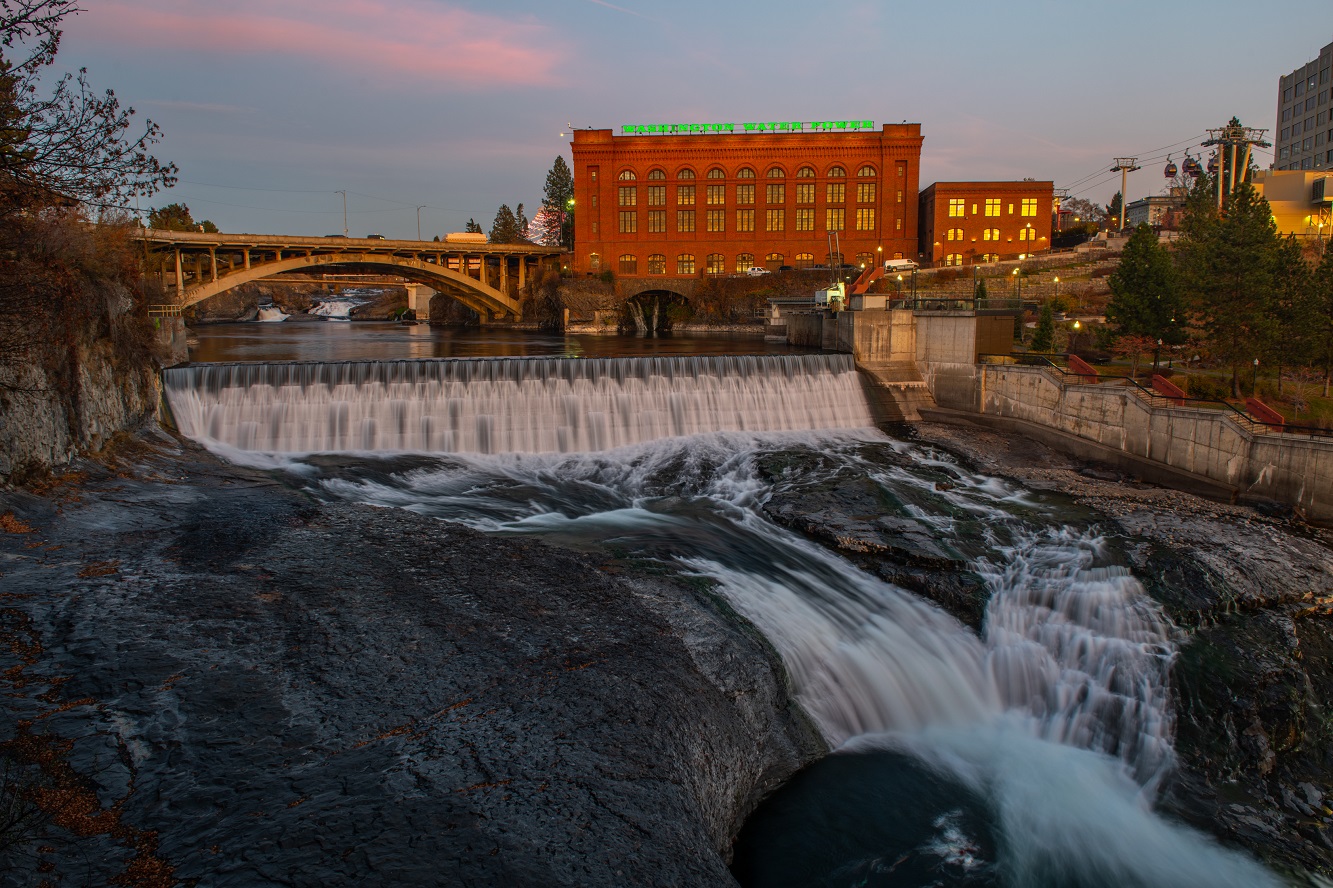
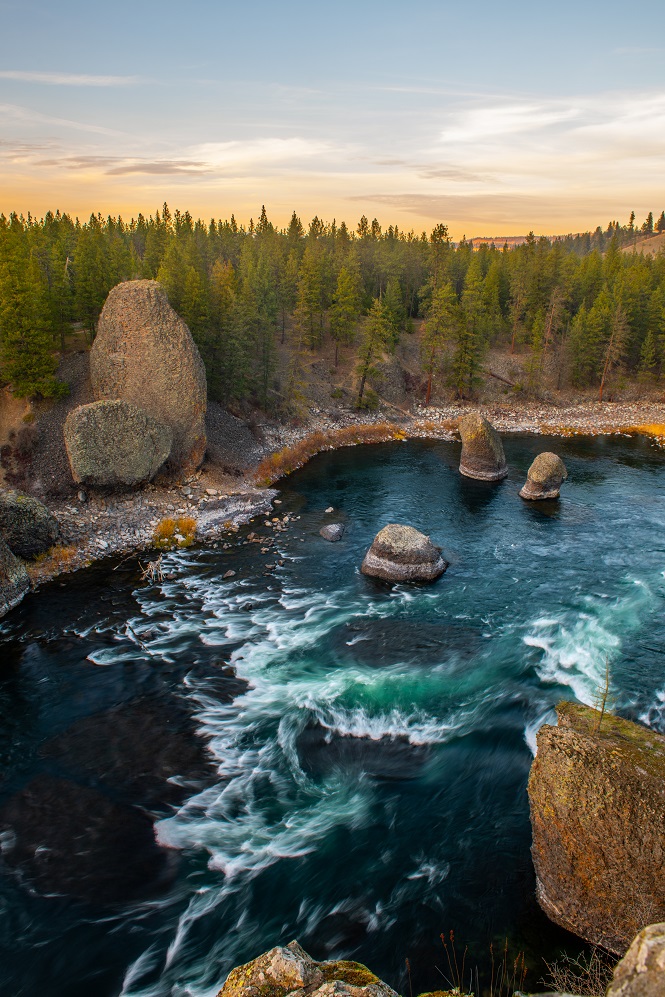
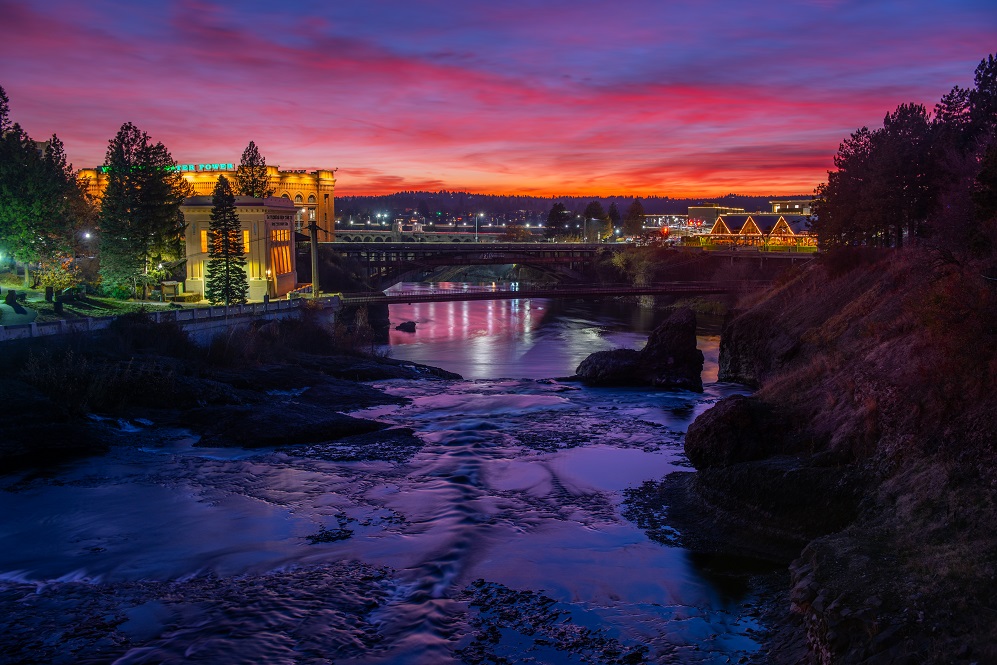
The combination of the plentiful amount of water in this region coupled with its steep topography is the perfect recipe for the creation of electricity by hydroelectric power plants. And create electricity, they do, EN- MASSE! The region is powered mostly by cheap, carbon-free hydropower. So much electricity is produced here that it is exported to areas as far away as Southern California.

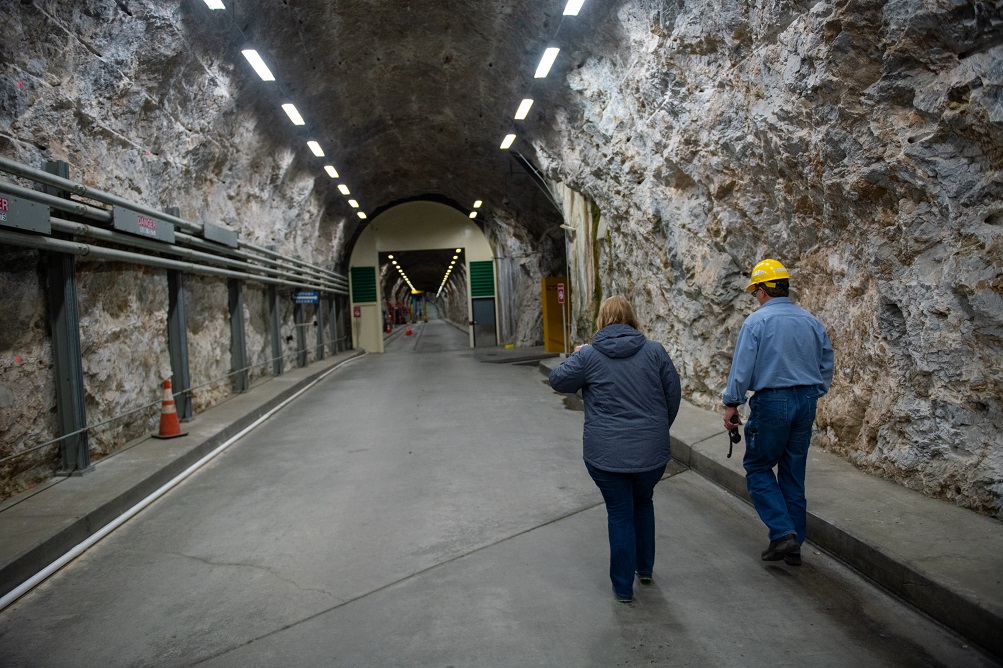
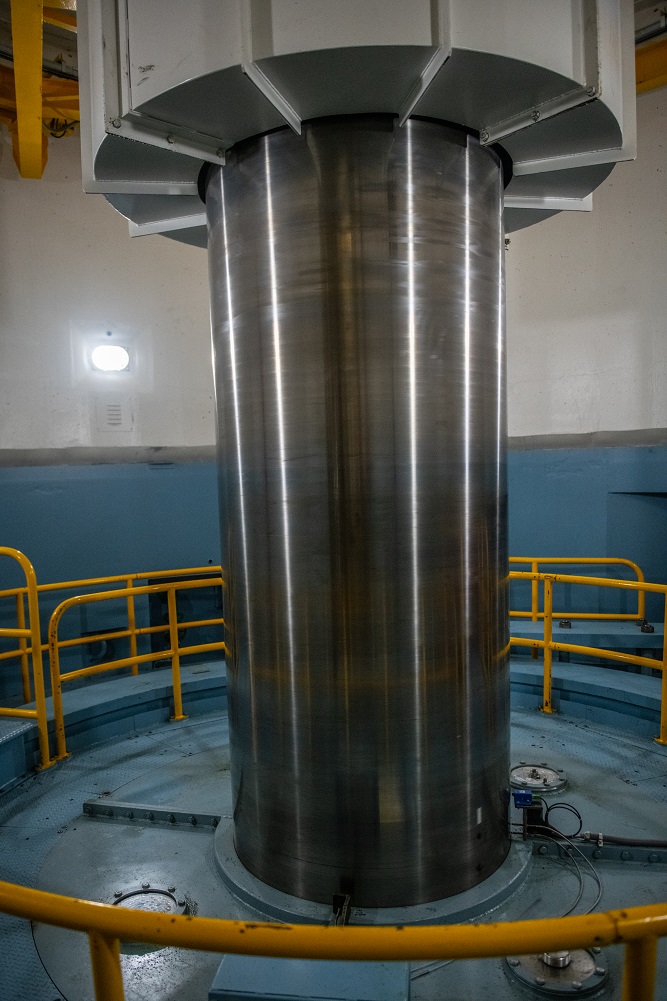
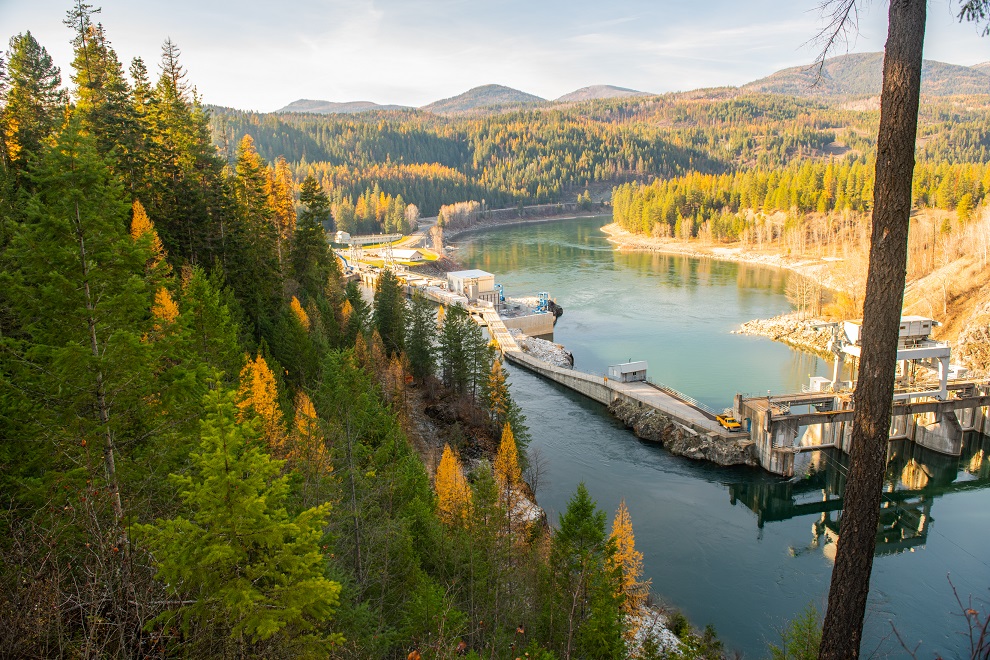
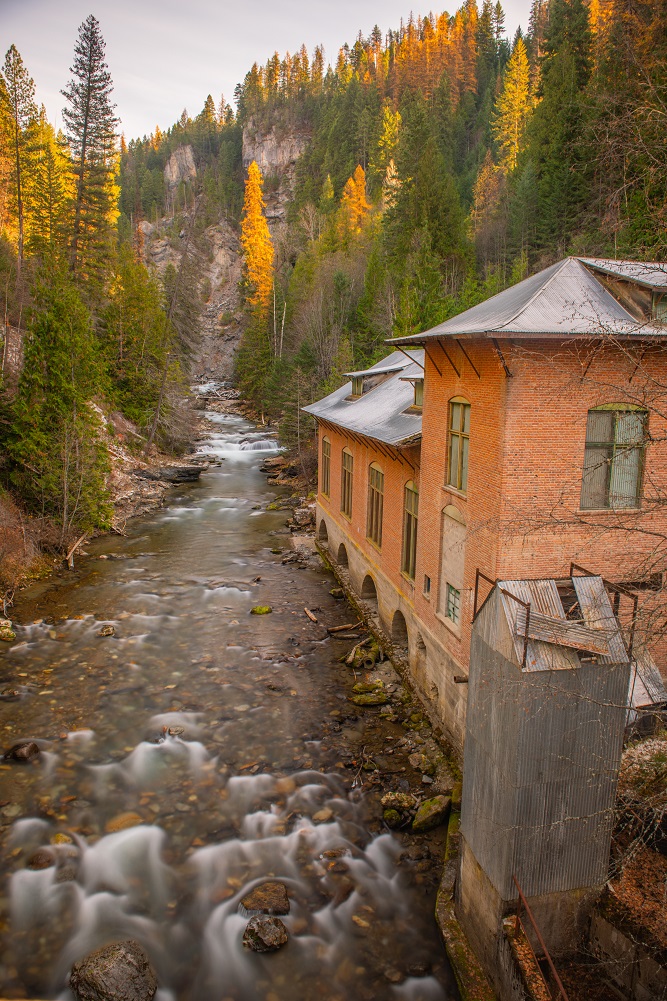

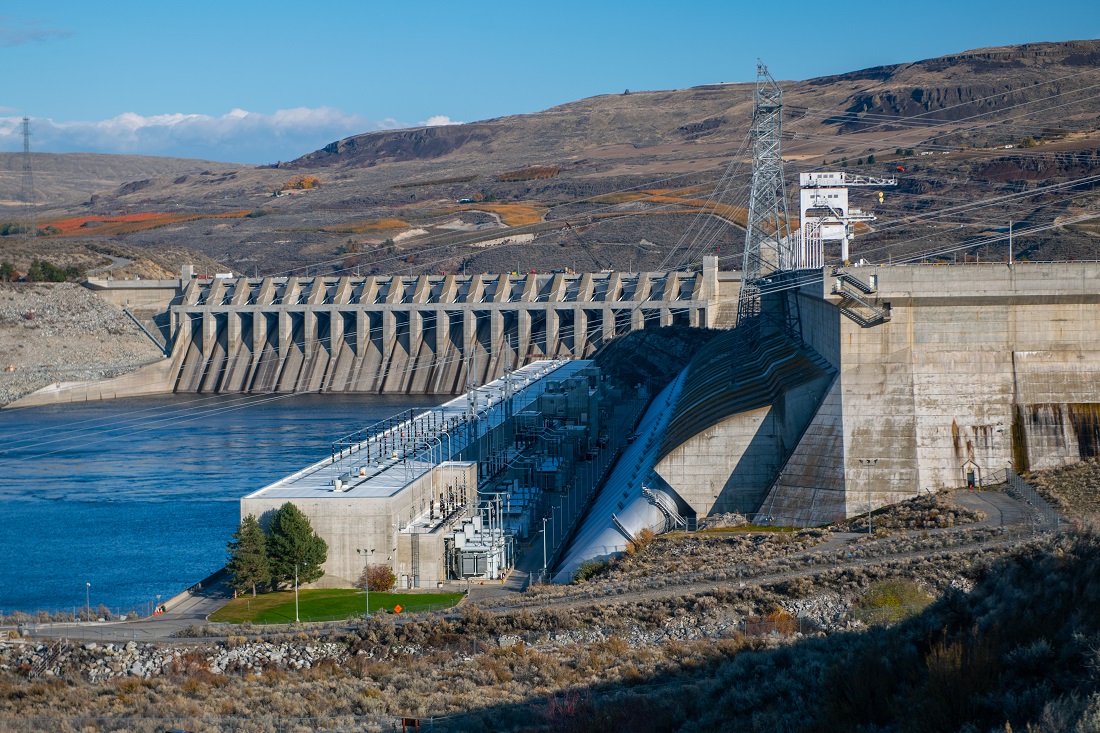
Not only are the largest hydropower plants in the US found along the Columbia river, but the largest power plant period in North America is here. Grand Coulee Dam is capable of producing almost 7,000MW which is far larger than any fossil fuel or nuclear developments in North America. As big of a power plant as that it is, electricity generation is not Grand Coulee’s primary mission. A clue comes in its owner, the US Bureau of Reclamation, whose tagline is “managing water in the West”. Housed in the dam complex are also massive pumps that push water up onto the Columbia Plateau feeding agricultural irrigation canals. Name a (non-tropical) vegetable and chances are they grow it in Washington. The arid air, warm sunny days, and cool nights of Eastern Washington summers are the perfect disease-free climate to grow most crops.
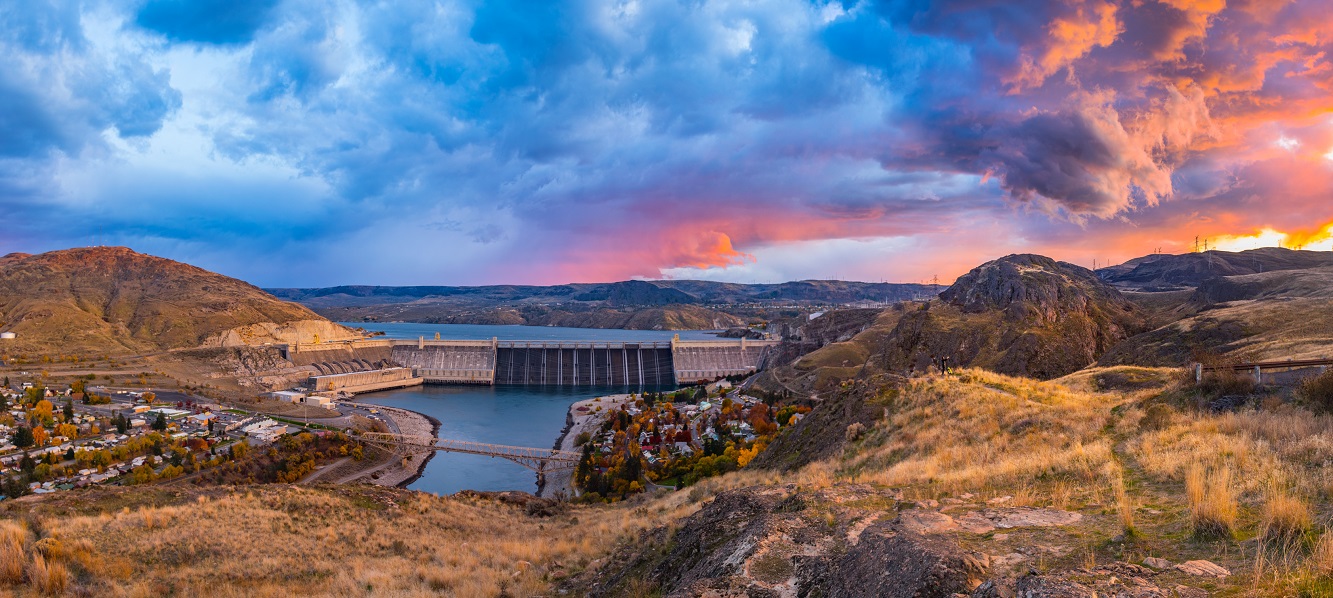
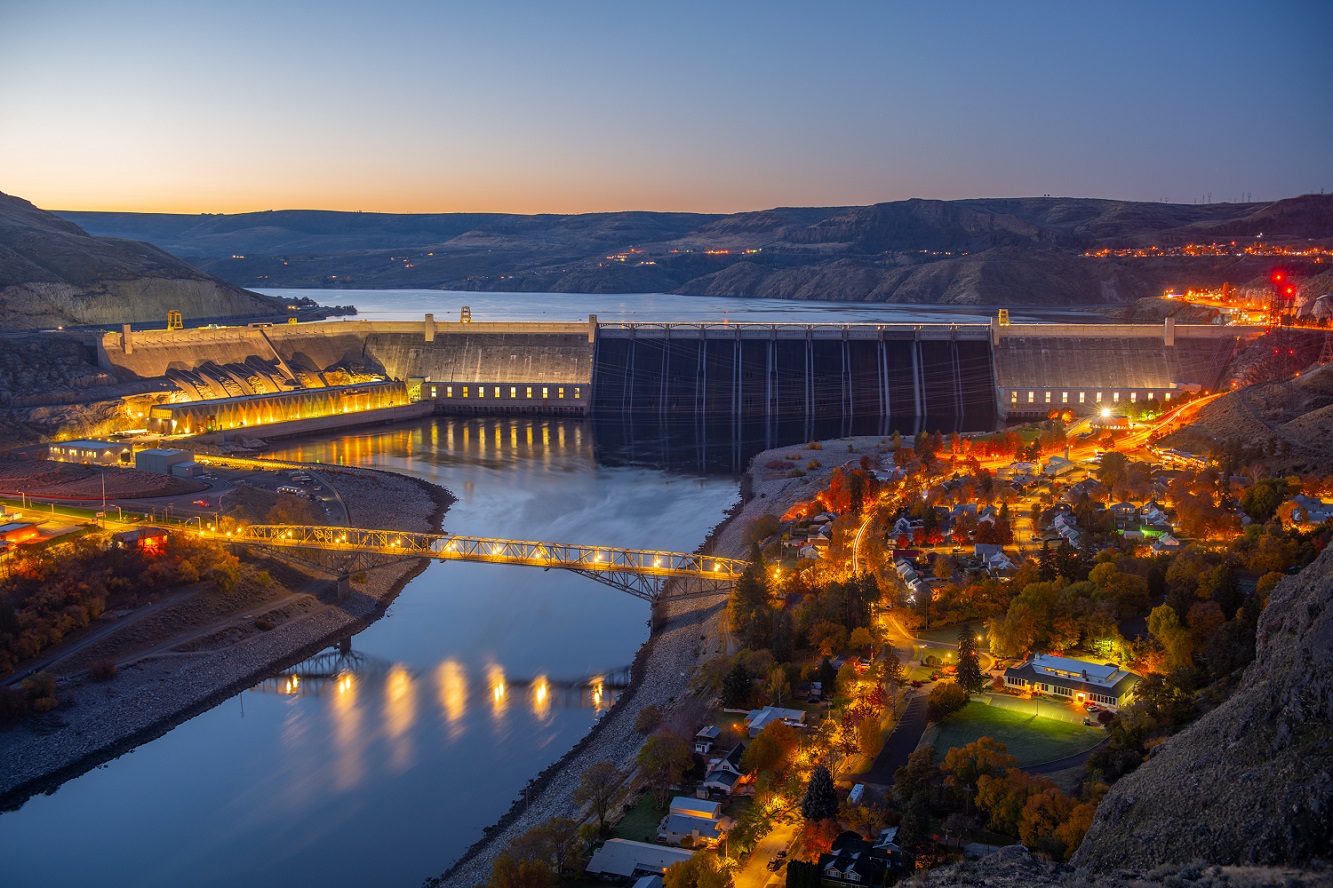

Of all the crops though, we all know Washington for one: APPLES. The city of Wenatchee bills itself as the “Apple Capital of the World.” It is clear to see this with apple orchards extending up and down the Columbia basin for 100+ miles in either direction! We were in the area a few weeks after peak harvest and tandem trailer semi-trucks were still making apple deliveries from the orchards to the numerous packing houses. In a further quest to grow the perfect apple, the region is a hotbed for agricultural innovation. In just an hour I saw numerous new apple growing techniques that I hadn’t seen anywhere else.

And one might ask after all this talk about apples, “how were they?” Watch this video (turn up your volume) and decide for yourself:
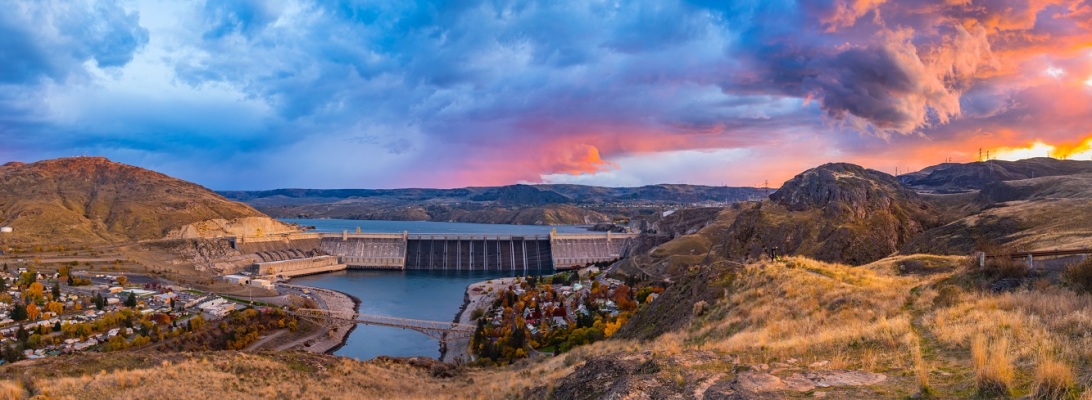
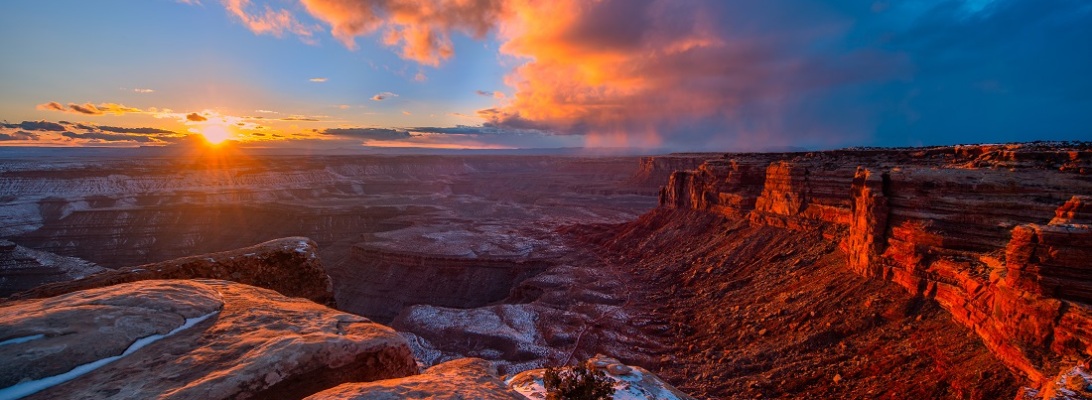





























![187_9214 Bright Angel Trail. While very white, not so bright [on this day].](https://tomhamiltonphotography.files.wordpress.com/2019/03/187_9214.jpg?w=241&resize=241%2C362#038;h=362)


